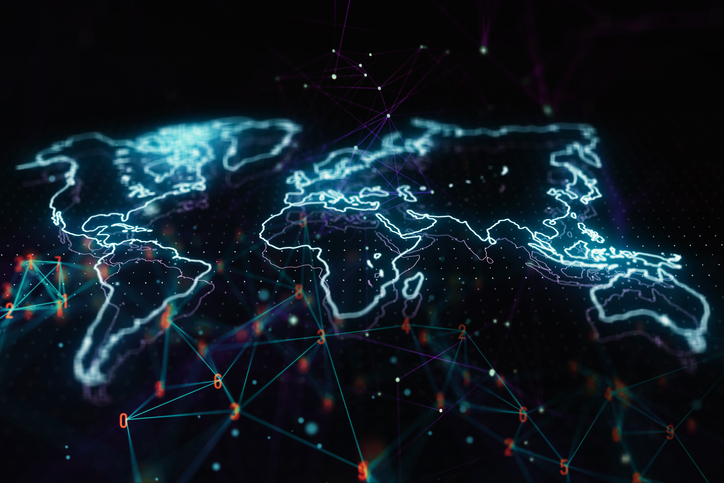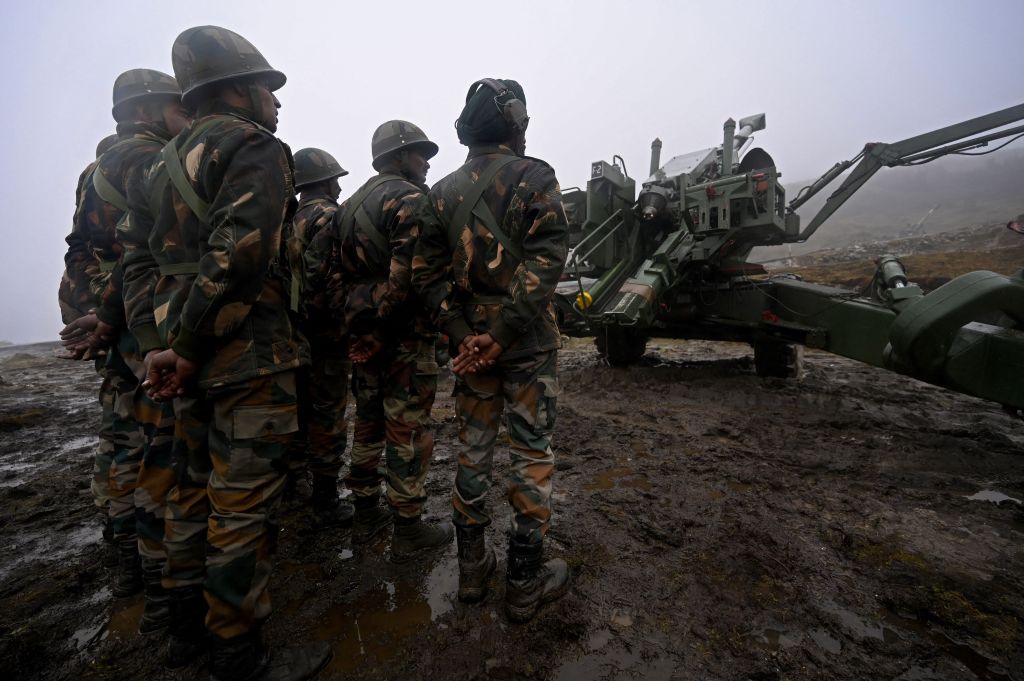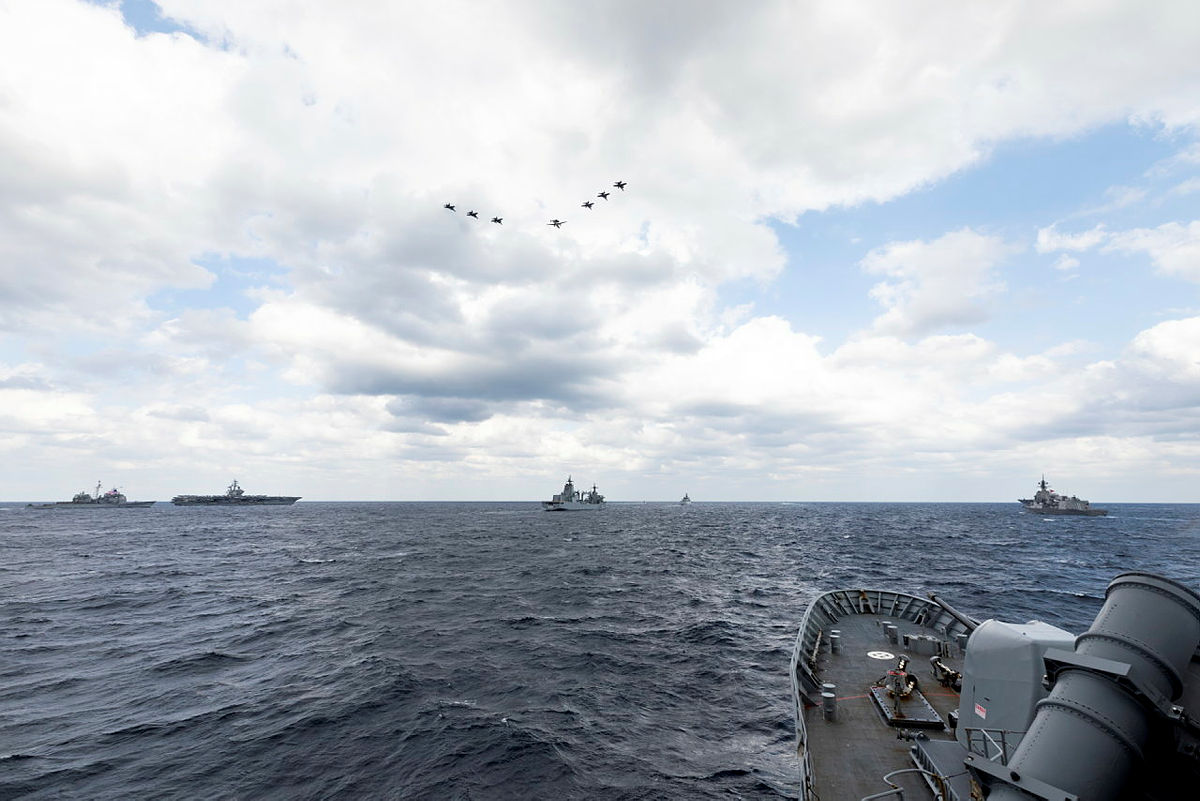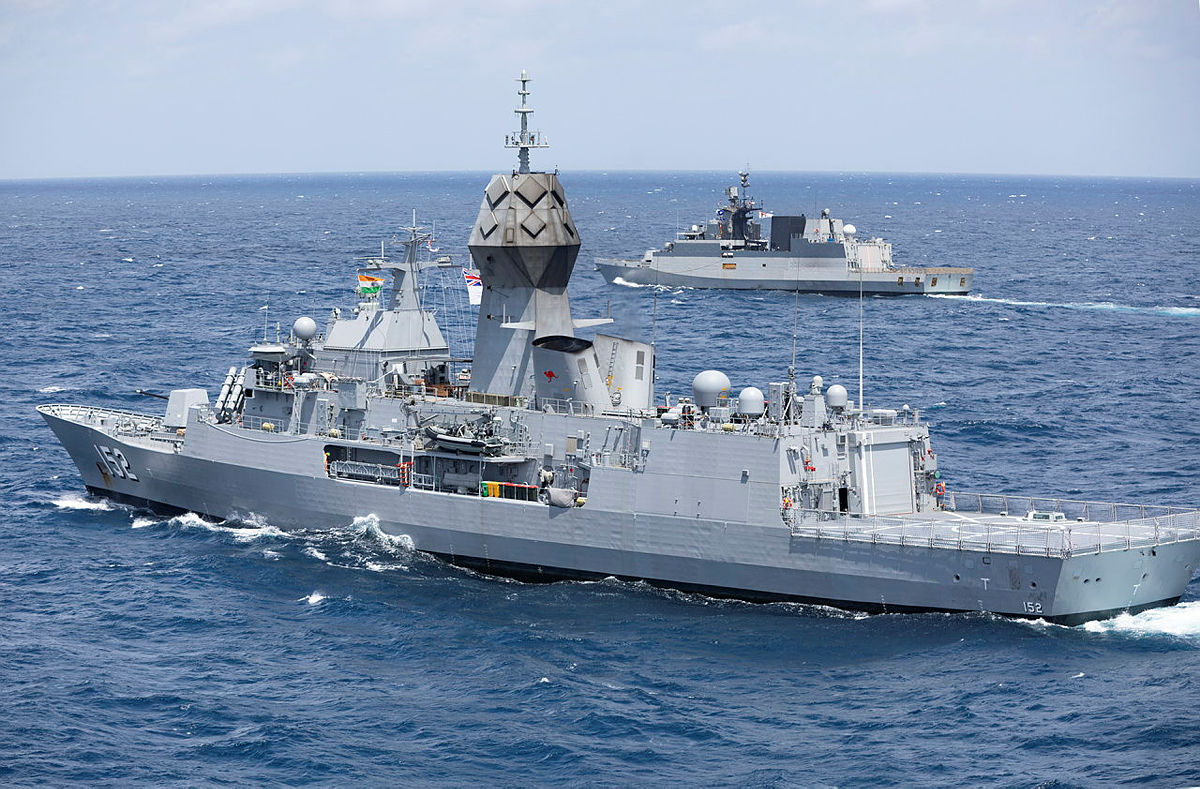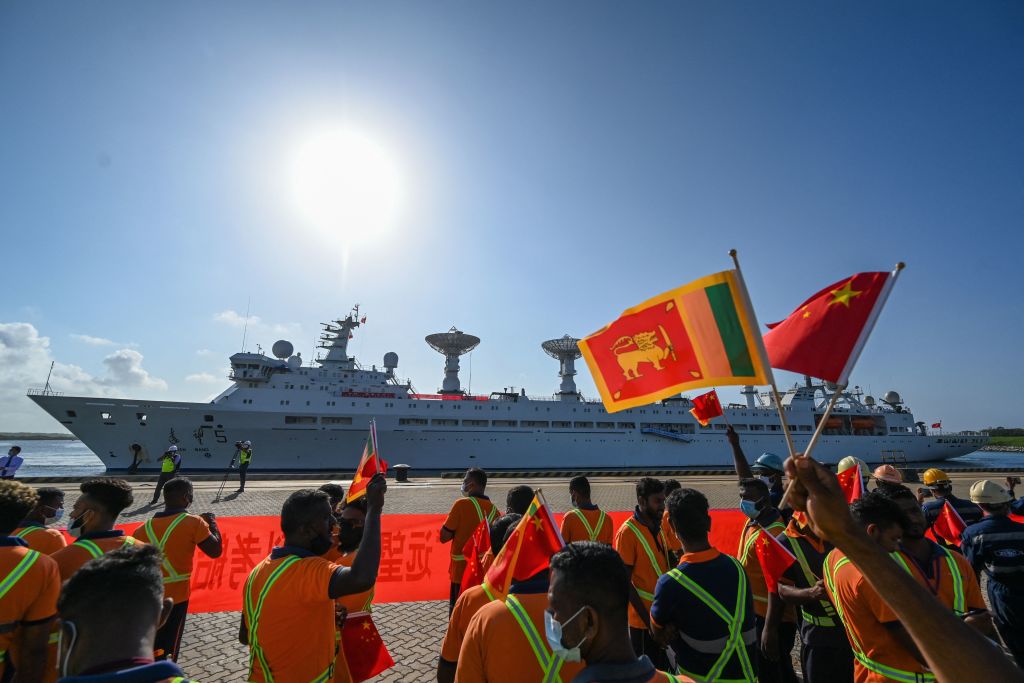
On 18 February, India’s External Affairs Minister S. Jaishankar gave a keynote address at the inaugural Raisina @ Sydney dialogue, organised by ASPI and the Observer Research Foundation. The following is a lightly edited version of his speech.
As we see the world at this time, it’s important we all appreciate that the larger outlook is one of great uncertainty, a lot of unpredictability, with new players, new behaviour. There is the cumulative impact of three years of Covid, the damage that it has done to the global social economic fabric, the year of the Ukraine conflict, the knock-on effects—the fuel, food, fertiliser, trade disruptions; the shortages it has created; the uncertainties it has enhanced—and then take some of the perennial challenges which pre-existed, such as climate.
Climate was a growing concern. What we thought was the future portended has actually happened to us. We are witnessing climate events on an increasingly large, more catastrophic scale. In fact, today in any global risk assessment, I would say building in a climate calculation is very much a part of that.
There are the other concerns—concerns about terrorism, concerns about maritime security. There are also growing concerns about financial sustainability. There are more than 70 countries who have engaged, or are engaging, the International Monetary Fund in terms of stabilising their national finances. And unlike in the near past, many of these are not low-income countries. Some of them are middle-income countries. I think even an optimistic view of the world would be reasonably pessimistic at this point in time.
My second point, flowing from that, is that today there really is an urgent collective task. That is, how to de-risk the global economy. Part of that is exactly the events that I have referred to: overdependence on manufacturing, overdependence on energy, overdependence on services.
How do we create more reliable and resilient supply chains? In a more digital world, how do we ensure at least the minimal trust and transparency? Because the fact is that we cannot be agnostic about data in the manner in which we were mistakenly agnostic about products. Where does my data reside? Who processes it, what do they do with it, how do they extrapolate it? That matters deeply to me. For us to pretend that all nations are the same and it’s none of our business what happens inside, I think that era is now behind us and we must not just accept it. We must actually be aware of it and make plans to deal with this.
This applies also to green technologies. We should not end up in a world where our desire to be greener leads us to be more dependent on a few and therefore more insecure. How do we decentralise? How do we collaborate? How do we diversify? In a sense, how do we democratise the world? Democratise it technologically, democratise it economically?
If I were to pick three words to describe the state of our contemporary world, the number one would be globalisation. Globalisation has worked. It’s had its problems; it’s had its downsides. It’s had, actually, an enormous impact, both the pluses and minuses, on global society. Globalisation actually has helped to create a rebalancing.
The G20, whose presidency India current holds, is proof of that rebalancing. Until 2008, the global leadership, such as it was, was seen as the G7. However, the events of 2008–09 demonstrated that G7 was too narrow. And I would not stop at G20. I use it as a metaphor to underline the point that if you look today at the production and consumption centres of the world, they are vastly different—certainly from what they were in 1945. But I would say almost every decade it’s very useful to actually see a decile chart of who’s up and who’s down and how the balances are shifting there.
That rebalancing is creating an emerging multipolarity. The United States has been the premier power and, for the foreseeable future, will remain the premier power. This is an undeniable factor, as is the rise of China, the share of China in the global economy and global technology and global influence.
However, you’re clearly going to see many more powers who will have more influence on global debates and global outcomes than they did before. Some of them would be sufficiently separated from the rest of the herd, to be seen as a bull, and therefore you will have a multipolarity.
Since Brexit, there’s obviously been a very intense global debate about globalisation, and President Trump’s election intensified that debate. But it’s not an issue of, ‘Is globalisation good or bad?’ You can’t turn it back. It’s there. It’s hardwired into our existence.
The issue is really, what’s the right model of globalisation? Is it a model which is fairer—fairer within societies, fairer between societies? Is it a model where the benefits exceed the vulnerabilities? Because that is today also a very important downside of globalisation. The preferred direction of globalisation that a lot of countries want to see is a key global debate.
In a changing world, obviously there will be new conversations. And among the conversations we are seeing are those of the importance of values, of beliefs, of ideologies. One debate, of course, is that of democratic countries, pluralistic societies and those who are not. But there’s another debate, and it’s a debate within the democratic world, which is really: whose democracy, whose values, whose definition, whose norms?
Here too, there is a transformation of the world, the rebalancing. A lot of it derives from an era of G7 dominance—a very Euro-Atlantic view of what is democracy. Now, the fact that democracy is perceived as a global aspiration is actually because India chose to be a democracy at the time of its independence and because the first country which was decolonising—and it happened to be the largest country which was decolonising—chose a difficult, democratic path.
Despite decades of adversity and limited resources, India stuck to that path when actually other democracies questioned the viability. That, today, is very much at the centre of a debate and a conversation that we must have on democracy. There are practices and beliefs and cultures which are relevant to how democracy is actually executed and improved.
My next point, of course, is the welfare of the world. Here again, the fact that the capacities of some countries are not what they used to be is a very relevant factor. I particularly refer here to the United States.
The big change in the last decade is not that US capacities are relatively less than they used to be. It is that the US is actually getting into a mindset where it’s aware of that limitation and is open to working with like-minded partners to address it—and like-minded partners include countries who are not treaty allies.
In Australia, it’s not a change you will readily realise, because you are a treaty ally. For you, working with the United States is not anything new. It’s part of your history for the last 80 years.
For India, it is a change. Certainly, there have been big changes in our foreign policy, but I would equally stress that there’s been a big change in American thinking. This is not the same United States with which we dealt in the 1960s or 1980s or even frankly in 2005. There is an evolution out there and you can see that evolution on a whole range of issues.
As a result, we have new strategic concepts, new geopolitical theatres, new mechanisms. Obviously the most notable of these on a conceptual level is the Indo-Pacific. At a mechanism level, it is the Quad.
The Quad to me is an enterprise laden with a lot of significance. If you look at it, there’s that Indo-Pacific space—four countries, not geographically contiguous at all, with an enormous amount of sea space and some land space between them, but who have, in different ways, overcome their own past outlook to forge something common in response to a perceived global and regional need. And it’s an India world with which I happen to be associated more closely than most others. I’m still probably the only witness in office of the first effort in 2007. And I’ve seen it at various levels from doing it as a permanent secretary to a foreign minister and now we’re seeing it as a summit level.
It is a development of great consequence. And it’s not just India; I look at the foreign policy of our other Quad partners as well. I think today it has a salience that very few would have predicted perhaps even two or three years ago.
Finally, let me end with a few thoughts on our G20 presidency. It’s obviously an extraordinary opportunity and a great honour. It’s a time when you have a certain convening power and an agenda-shaping opportunity. But it’s also, as I said initially, a particularly difficult juncture of world politics.
The G20 works as a troika. The incoming and the outgoing are associated with the current chair. We had a supportive role when our predecessor chair, Indonesia, was holding that responsibility. We know that last year was a real struggle, that the Ukraine conflict had very strongly polarised the G20. All of us worked very hard to find some kind of common ground on that issue. I believe that we did succeed, finally, at the Bali Summit. An enormous amount of credit is due to Indonesian patience and creativity.
Today, the rest of the world expects the G20 to address its concerns because those 180 countries have real problems, pressing problems, deep concerns, and they think it is for the top 20 economies of the world to show the direction, to come up with answers and, at the very least, to be cognisant of their concerns.
Our hope is that we are able to steer the G20 in the direction to undertake the responsibility and remit of economic growth and global development. We are not just feeling the vibes from the rest of the world. We actually did it as a practical, empirical exercise. In the month of January, we consulted 123 countries at the level of prime minister and cabinet ministers. We have a good sense today by asking the world, ‘Here we are with this responsibility. What is uppermost in your mind? What is your most pressing concern and what can we do about it?’
From what I can see, the Australian view is very much aligned with the thinking which I have put forward. For me, this relationship is exceptionally important, and I can only underline that by the frequency of my visits. It makes a big difference in the G20, in the Quad, bilaterally, and regionally as well.
I’m coming here after spending three days in Fiji. Do bear in mind that the India that I represent today is also an India whose influence and interest and footprint are growing in the world. We feel we can be of utility and support in regions which may not be that proximate to us. That too has been part of my conversations in Australia.


